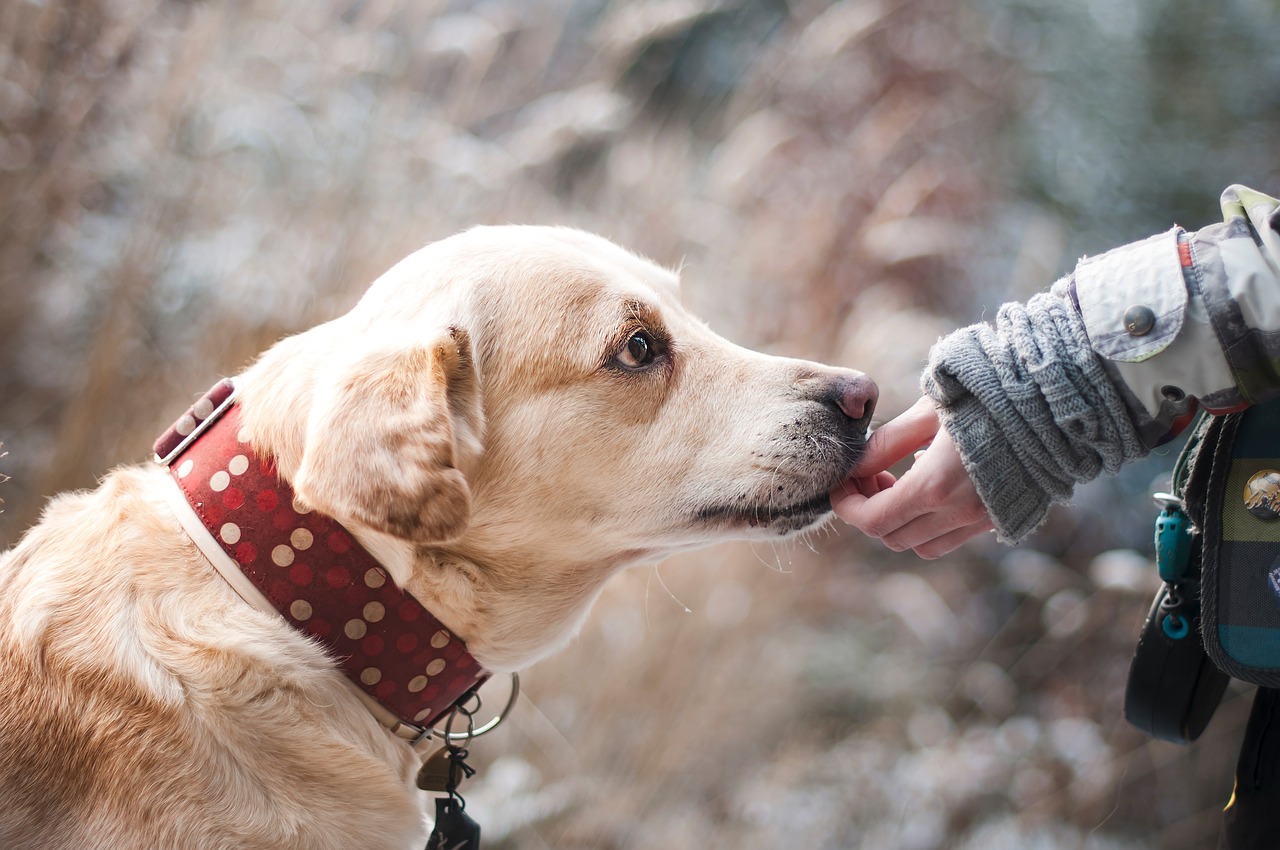Whether you’re going to the vet, moving to a new house or doing something that stresses out your dog, these proven techniques will help you soothe your anxious pet. All pets have phobias. You might already know what triggers anxiety in your dog and you might be looking for ways to relieve his stress. These hand-picked tips have been tried by experts and will show you some methods of calming down your dog with affection and helping him cope with difficult situations.
 1. Identify the Source of Anxiety
1. Identify the Source of Anxiety
Do you know what triggers your dog’s behavior? An anxious dog might have a hunched body posture and dilated pupils. Some dogs whine and have furrowed brows while others will start shaking and lose control of their bladder. All of these are signs of anxiety and will help you pinpoint the source. The source can be anything from a specific sound (like the vacuum cleaner, fireworks or thunders) to a specific person (like the mailman). Identifying the source of stress is the first step you must take in order to calm down your dog.
2. Reduce the Source of Stress
The first technique you should always apply to soothe an anxious dog is to take him away from the triggering situation. For instance, take your dog to a different room if a person is making him feel uneasy or play some music to cover the sounds that are frightening him.
You may not always be able to reduce the source of stress. For example, if you are moving houses, your dog will experience many changes that might affect him. Continuous affection, patience and love will help your dog handle the situation. Overseas moves can be particularly stressful, so you might want to consider hiring a professional pet moving company to help you with the transition.
3. Distract Your Dog
Another simple method to calm your dog is to help him focus on something else. This is where your dog’s favorite toys or chew sticks will come in handy. Spend time playing with your dog and reassure him that everything’s going to be ok. By helping him re-associate the stressful situation with a pleasant experience you will be able to change his behavior and help him overcome negative stimuli that make him anxious.
4. Pet and Cuddle Your Dog
You can reassure your dog not only with words and treats but also with cuddles. Not all dogs are the same, but the majority of anxious dogs benefit from petting and cuddling. These two techniques will take away some of the stress and make your dog feel loved and looked after.
5. Take Your Dog Out for Exercising
Exercise is not only beneficial for humans but for dogs too. Running and playing will promote a happier mood and will help relieve stress. By burning off the tension that has accumulated over time, your dog can shake off the anxiety and just enjoy his day. Good exercise includes going for walks, running, fetching toys and even going for a swim. You can introduce your dog to new dogs and help him make buddies. Encourage socialization since this can also reduce stress and enable your dog to worry less.
6. Check Your Behavior
Dogs are very sensitive to their masters’ behavior and they will easily pick up your tension or anxiety. They can sense what is going on with you, so you have to make sure to keep a calm demeanor. Don’t allow your dog to feed on your anxiety, otherwise you can become entrapped in a circle that is hard to break. To stay calm when your dog is stressed, take a few breaths and close your eyes for a moment. Always speak to your dog in a calm voice and never shout or make threatening gestures. By showing them your calm behavior, we can inspire them to remain calm as well.
7. Pay a Visit to Your Vet
It’s normal for dogs to be anxious every now and again. However, if you notice your dog is too anxious or if you’re having a difficult time helping him calm down, take him to see his vet. Make sure to write down the circumstances when your dog became anxious and talk to your vet about what triggers him. Your dog might not be visibly ill but your vet will be able to rule out any injuries and illnesses after an exam.
Author: Guest Post by John Stuart who works on behalf of petsbyplane.com in outreach and content creation. He creates engaging content that help businesses connect with their audience and stand out from the crowd.
